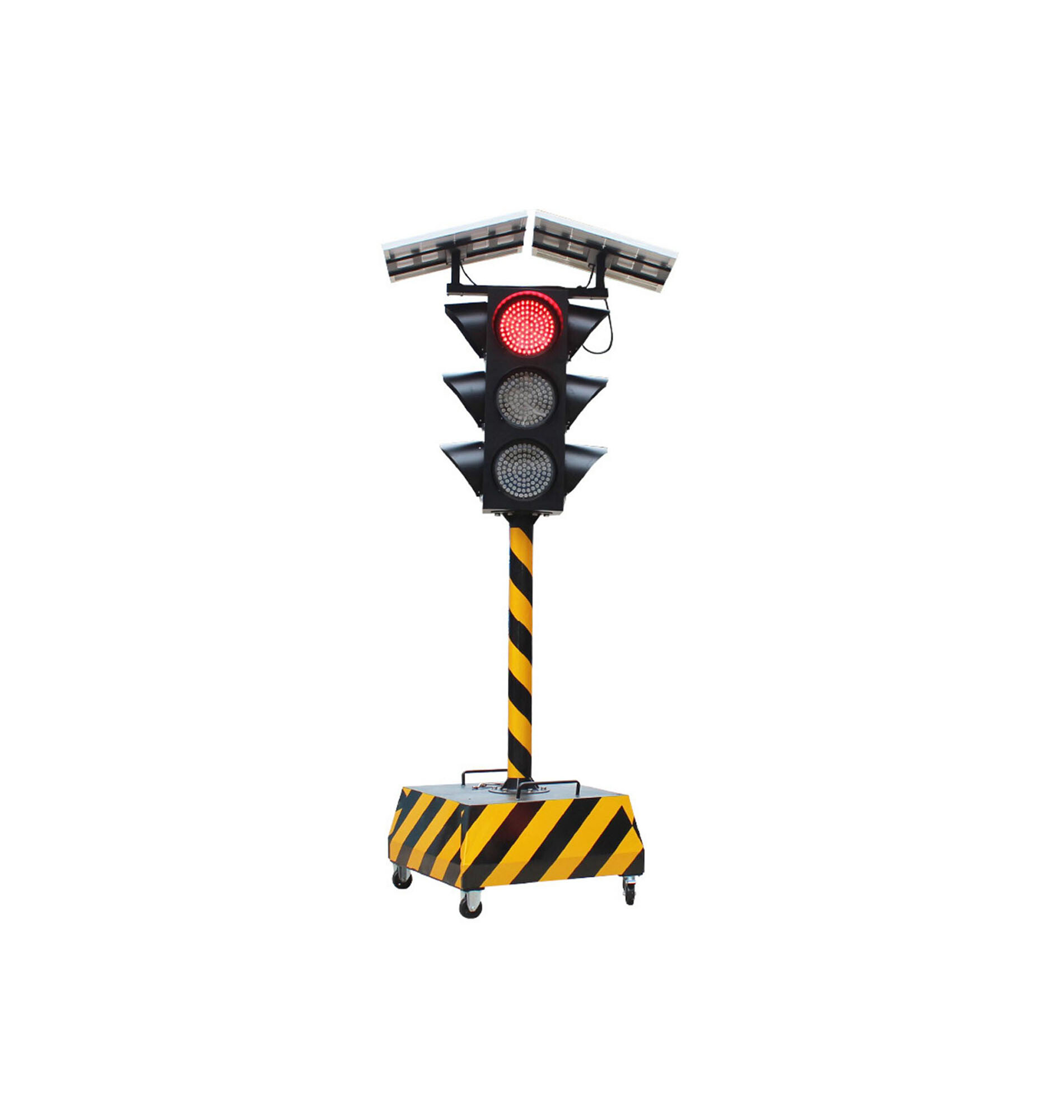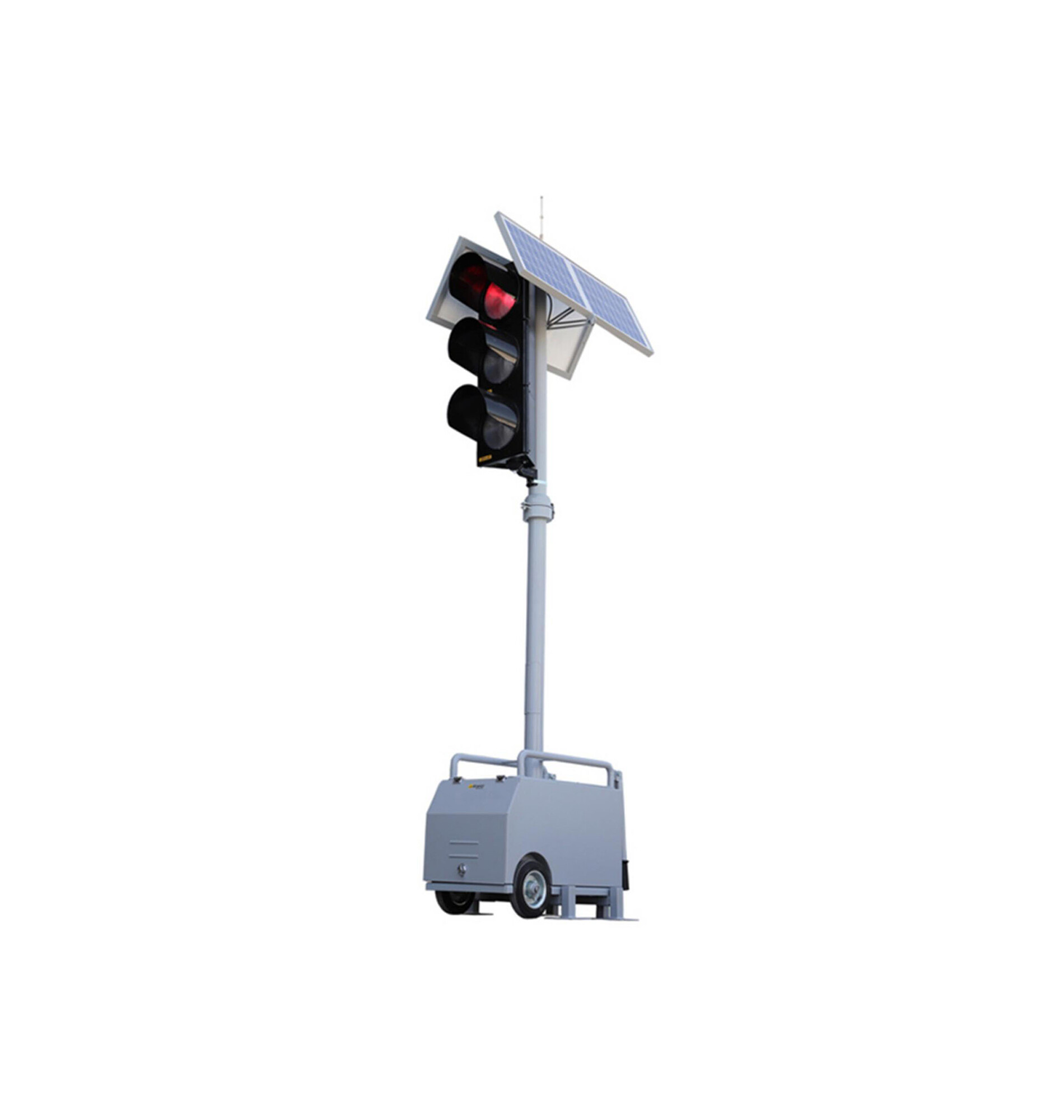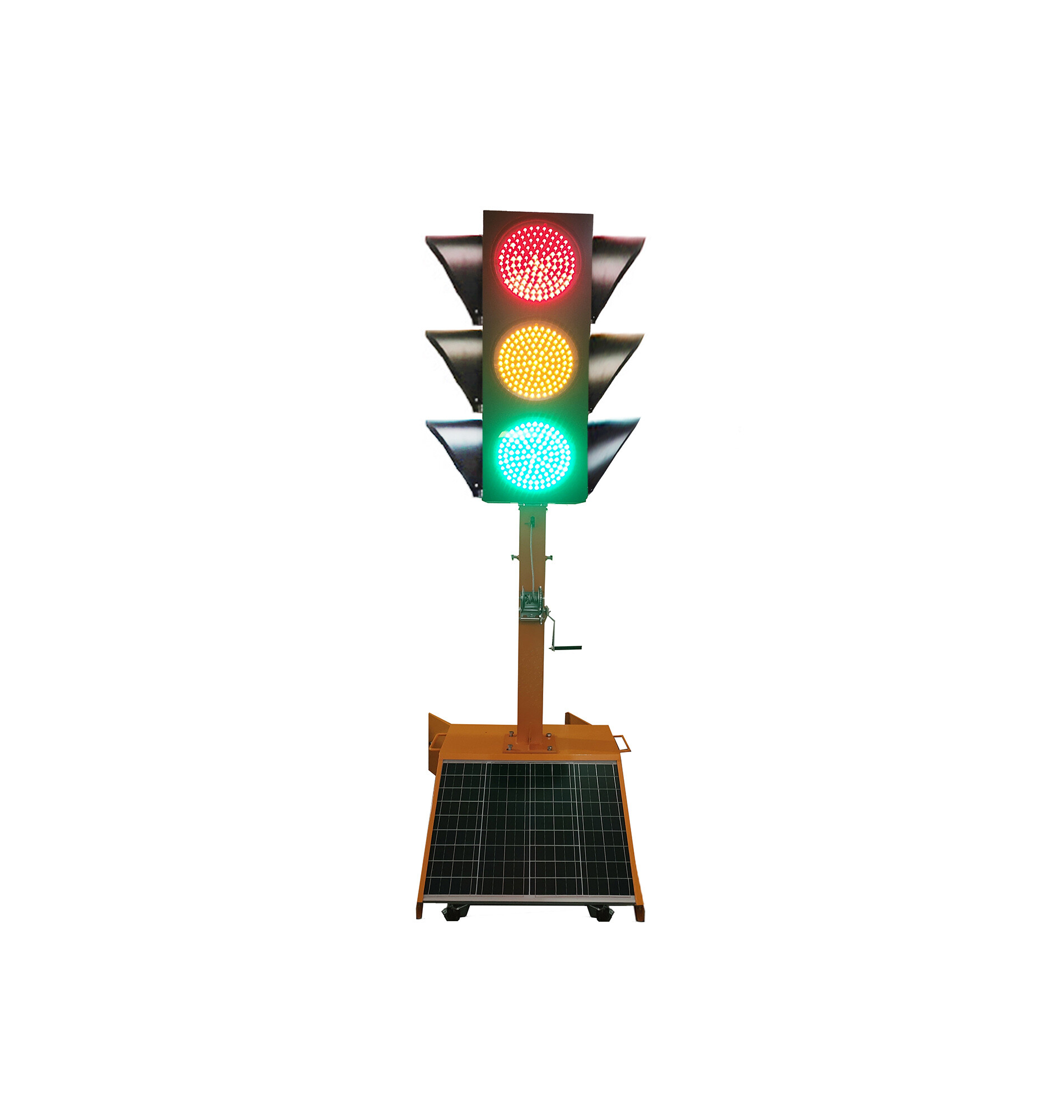Hot Products
Always market-oriented, science and technology innovation as the driving force, quality and development, and strive to create international first-class intelligent transportation equipment.
High demand products
Always market-oriented, science and technology innovation as the driving force, quality and development, and strive to create international first-class intelligent transportation equipment.
Popular products
Always market-oriented, science and technology innovation as the driving force, quality and development, and strive to create international first-class intelligent transportation equipment.

Shiny Crosswalk Bricks
Shiny Crosswalk Bricks
The solar light-emitting floor tile is mainly composed of a shell, a light-emitting panel, a light-emitting body, a solar circuit board and a battery. The solar light-emitting floor tile uses monocrystalline and polycrystalline as the power source, and the light-emitting panel is a panel made of light-transmitting material, which has at least one semi-transparent scattering layer. The structure is simple and has better lighting and decorative effects.

Sentinel Around A Bend
Sentinel Around A Bend
A traffic curve sentinel is a device used for road safety to mark the presence of traffic curves and to alert drivers to the proper way to travel. It usually consists of one or more reflective signs, pavement markings, or devices of a reflective nature, and is placed on curved parts of the roadway, especially on curves where visibility is poor or where accidents are likely to occur.

Road Signs
Road Signs
Road traffic signs are graphic symbols showing traffic regulations and road information, which can make the traffic laws and regulations to get the image, specific, concise expression, but also expresses the content of the difficult to describe in words, used to manage traffic, directing the direction of travel to ensure that the road is smooth and safe driving facilities.
THE WORLD'S LEADING SUPPLIER OF TRAFFIC SIGNALS

About Us
Jiangsu Haitong Traffic Group Co., Ltd. was founded in 2009. It is located in Guoji Industrial Park, Yangzhou, a famous historical and cultural city in China, totally covering an area of 70,000 square meters in 2 factories. The factory has complete Pole production equipments, with 1,600 tons of large hydraulic bending machines, 3000watts ~ 20000 watts laser cutting machines, CNC bending machines, automatic argon arc welding machines, CNC laser pipe cutting machines, robot welding machines, automatic painting streamline equipments. And various lights production equipments: wave soldering mahcines, plug-in machines, reflow soldering machines, pick-and-place machines, solder paste printing machines, etc.
Technical & Tender Support Service
Full specification
Various specifications for your choice
Full specification
Various specifications for your choice
High quality
Provide customers with high quality products
High quality
Provide customers with high quality products
Excellent price
Provide high-quality products at low prices
Excellent price
Provide high-quality products at low prices
Good Service
We have a professional after-sales team
Good Service
We have a professional after-sales team
Wide application
Widely used in various industrial fields
Wide application
Widely used in various industrial fields
 2024-03-22Traffic signals - traffic lights in detailWhen people are driving vehicles, they will often see traffic signals, and we need to strictly follow the traffic signals, because if we are not careful, there may be many hidden dangers. At this time, people will be more concerned
2024-03-22Traffic signals - traffic lights in detailWhen people are driving vehicles, they will often see traffic signals, and we need to strictly follow the traffic signals, because if we are not careful, there may be many hidden dangers. At this time, people will be more concernedMORE +
 2024-03-22Rules of the road for traffic signalsTraffic signals are signals that direct the operation of traffic, generally consisting of red, green and yellow lights. The red light indicates that traffic is prohibited, the green light indicates that passage is permitted, and the yellow light indicates a warning.
2024-03-22Rules of the road for traffic signalsTraffic signals are signals that direct the operation of traffic, generally consisting of red, green and yellow lights. The red light indicates that traffic is prohibited, the green light indicates that passage is permitted, and the yellow light indicates a warning.MORE +
 2024-03-22Traffic signals: a key player in road safetyTraffic signal is one of the common traffic control facilities on urban roads, playing an important role in guiding and managing the traffic flow of vehicles and pedestrians. As an intelligent traffic management
2024-03-22Traffic signals: a key player in road safetyTraffic signal is one of the common traffic control facilities on urban roads, playing an important role in guiding and managing the traffic flow of vehicles and pedestrians. As an intelligent traffic managementMORE +
 2024-03-22Traffic signals: the guardians of road safetyIn modern society, traffic signals have become an indispensable part of urban roads. As a core component of road traffic management, traffic signals play a vital role in guiding vehicles and pedestrians to pass safely and maintaining traffic
2024-03-22Traffic signals: the guardians of road safetyIn modern society, traffic signals have become an indispensable part of urban roads. As a core component of road traffic management, traffic signals play a vital role in guiding vehicles and pedestrians to pass safely and maintaining trafficMORE +
 2024-03-22What is the role of traffic signalsTraffic signals are everywhere on the city's roads, both pedestrians and drivers, as a participant in urban transportation should have an understanding of traffic signals, but also to comply with the rules related to traffic
2024-03-22What is the role of traffic signalsTraffic signals are everywhere on the city's roads, both pedestrians and drivers, as a participant in urban transportation should have an understanding of traffic signals, but also to comply with the rules related to trafficMORE +
 2024-03-22How to read traffic signalsTraffic signals as an important part of the traffic signal command, is the basic language of road traffic, for the promotion of smooth traffic, avoid traffic accidents play an important role. We usually see at the
2024-03-22How to read traffic signalsTraffic signals as an important part of the traffic signal command, is the basic language of road traffic, for the promotion of smooth traffic, avoid traffic accidents play an important role. We usually see at theMORE +
 2024-03-22Traffic Signal TriviaThe main purpose of traffic signal phasing is to separate the conflicting or interfering traffic flows appropriately, and to reduce intersection traffic conflicts and interference. Traffic signal phase design is a key step in signal
2024-03-22Traffic Signal TriviaThe main purpose of traffic signal phasing is to separate the conflicting or interfering traffic flows appropriately, and to reduce intersection traffic conflicts and interference. Traffic signal phase design is a key step in signalMORE +
 2024-03-22How to read traffic signals? How to read a traffic light signalWith the rapid development of China's roads in various areas of the road paved densely, people's consumption level is also increasing, the number of vehicles is also more up, which also introduced a lot of
2024-03-22How to read traffic signals? How to read a traffic light signalWith the rapid development of China's roads in various areas of the road paved densely, people's consumption level is also increasing, the number of vehicles is also more up, which also introduced a lot ofMORE +
 2024-03-22Integrated traffic signals, how to improve the efficiency of urban transportation?Traffic congestion has always been a major problem in the process of urban development. As one of the important components of urban traffic management, traffic signals play an
2024-03-22Integrated traffic signals, how to improve the efficiency of urban transportation?Traffic congestion has always been a major problem in the process of urban development. As one of the important components of urban traffic management, traffic signals play anMORE +
 2024-03-22Are there problems with traffic signals being used at night?Whether or not there are problems with the use of traffic signals at night is a matter of concern. Traffic signals play an important role in directing traffic and ensuring driving safety
2024-03-22Are there problems with traffic signals being used at night?Whether or not there are problems with the use of traffic signals at night is a matter of concern. Traffic signals play an important role in directing traffic and ensuring driving safetyMORE +
 2024-03-22Bright Guardian of Traffic Warning LightsIntersections are high accident areas, and traffic warning lights effectively improve the safety of intersections. Through the alternating lights, drivers can clearly understand
2024-03-22Bright Guardian of Traffic Warning LightsIntersections are high accident areas, and traffic warning lights effectively improve the safety of intersections. Through the alternating lights, drivers can clearly understandMORE +
 2024-03-22What are the advantages of controlling traffic signals?Today, traffic signals play an important role at every intersection in the city, and if properly designed and installed, traffic signals have many advantages over other control methods. So what are the control advantages of traffic signal
2024-03-22What are the advantages of controlling traffic signals?Today, traffic signals play an important role at every intersection in the city, and if properly designed and installed, traffic signals have many advantages over other control methods. So what are the control advantages of traffic signalMORE +
GET A FREE QUOTE
Our experienced professional sales engineers wil assist you with solar street light price quotations and technical proposals according to your specific project requirements.















